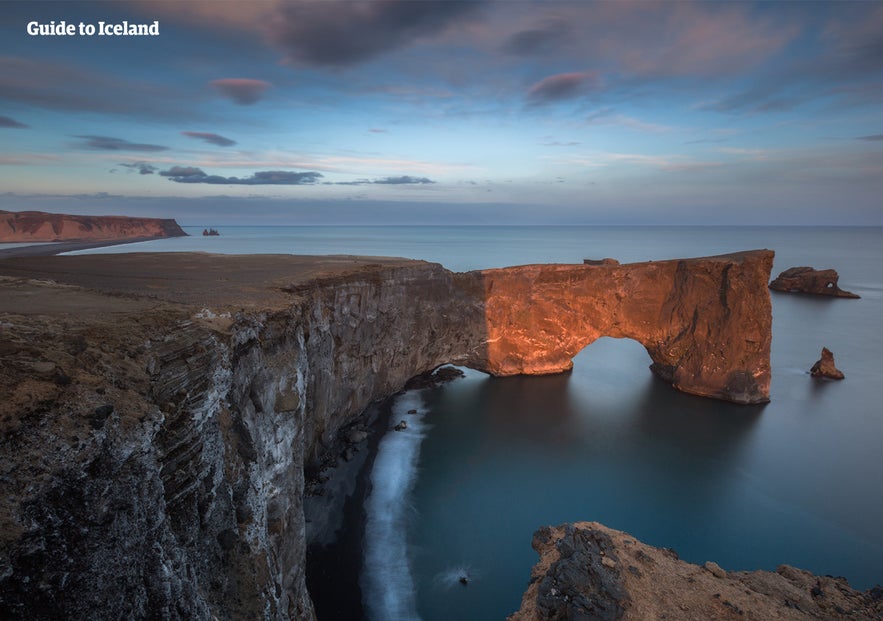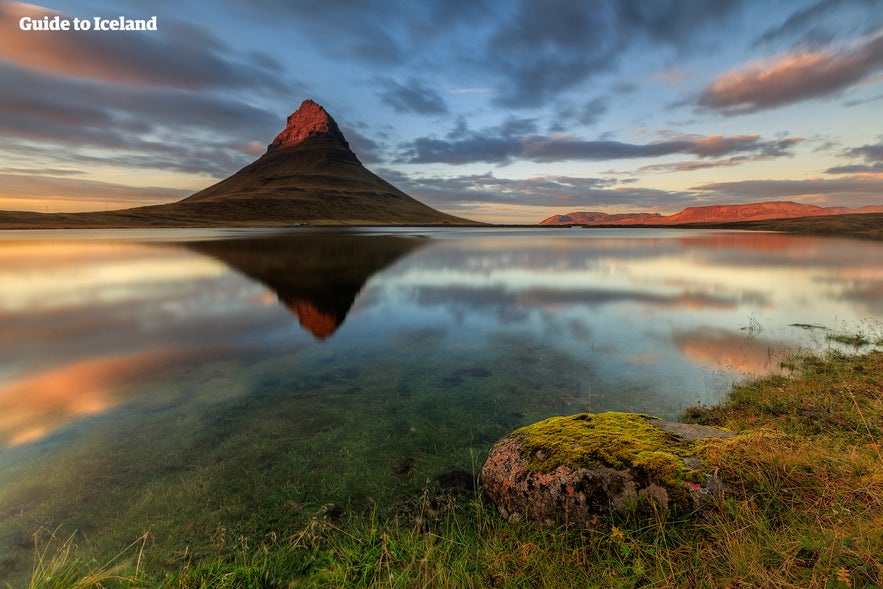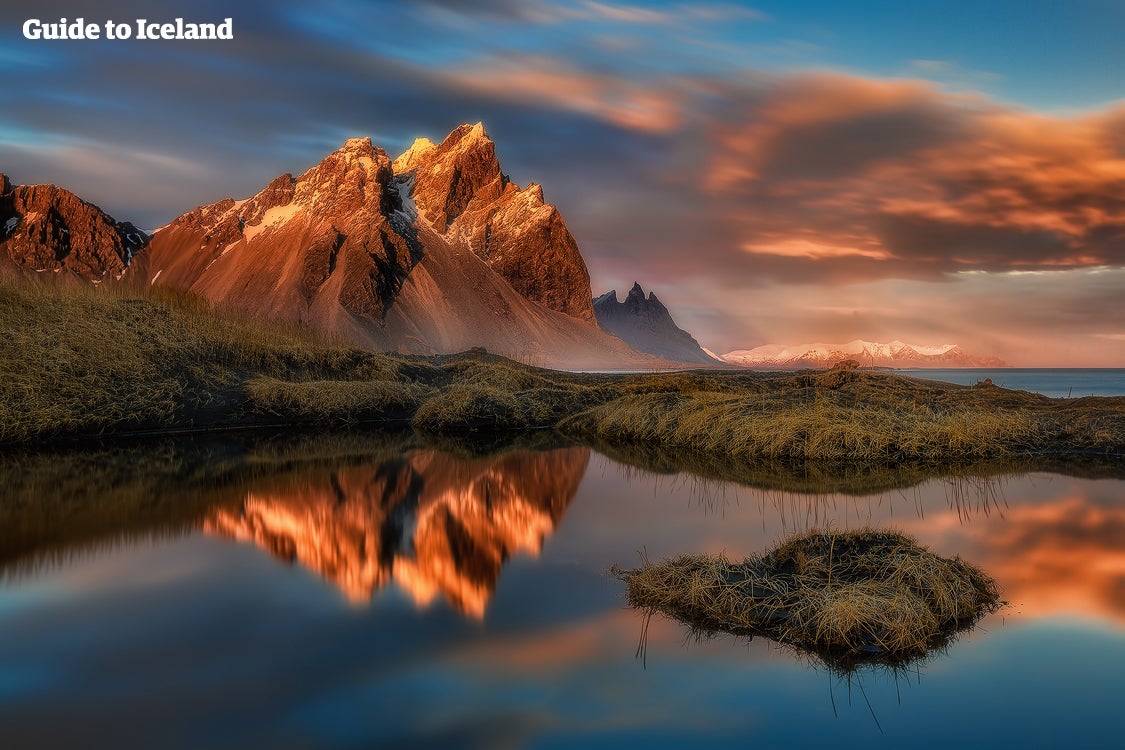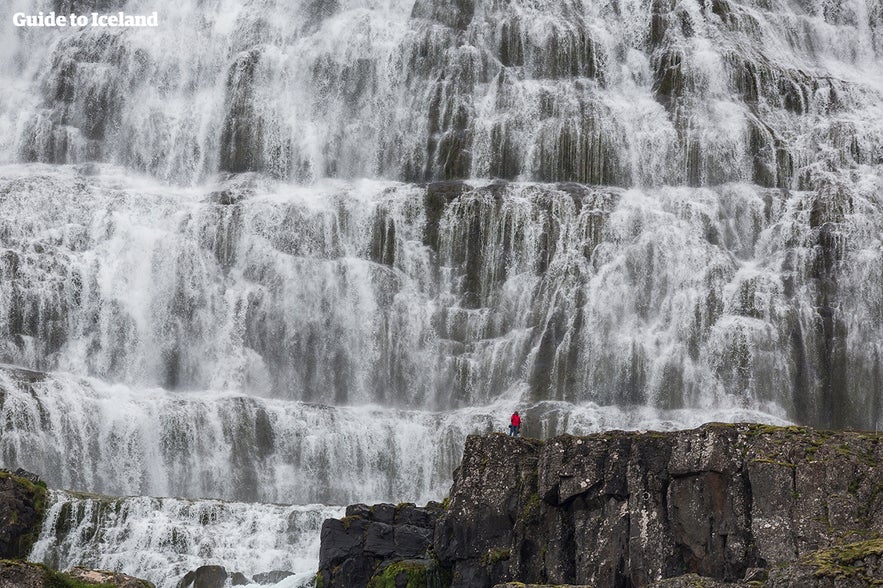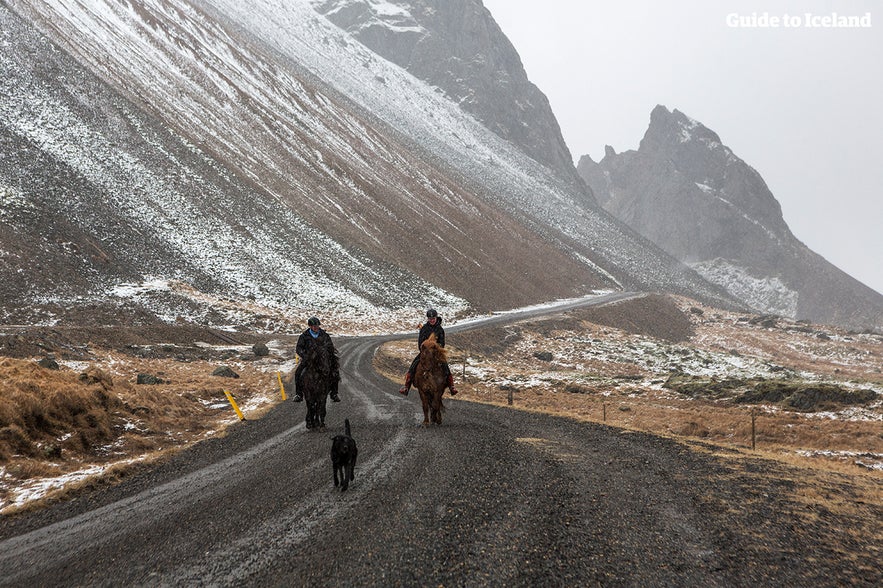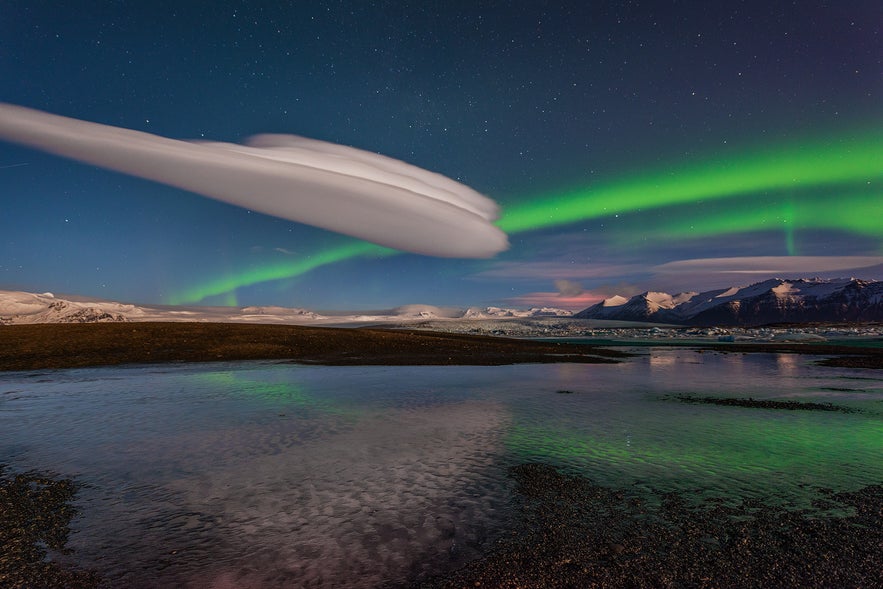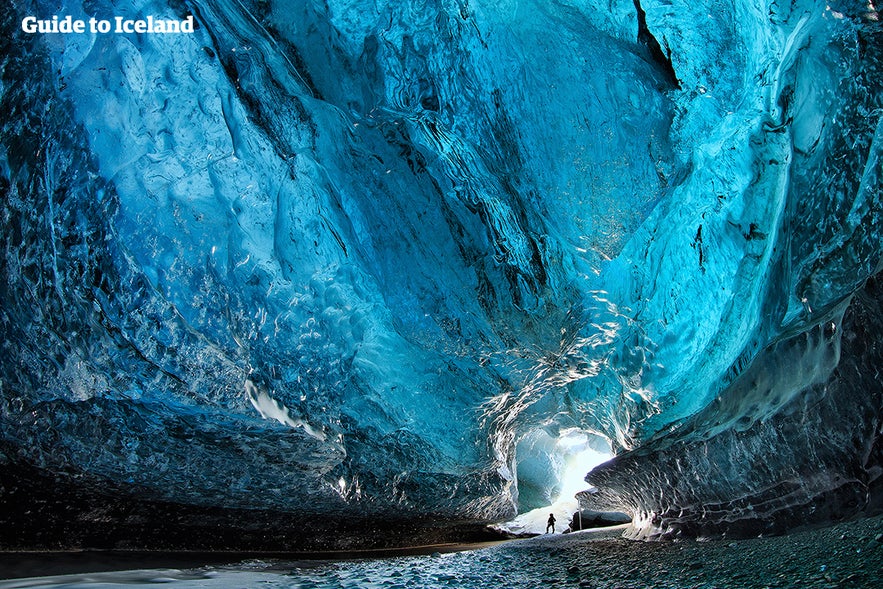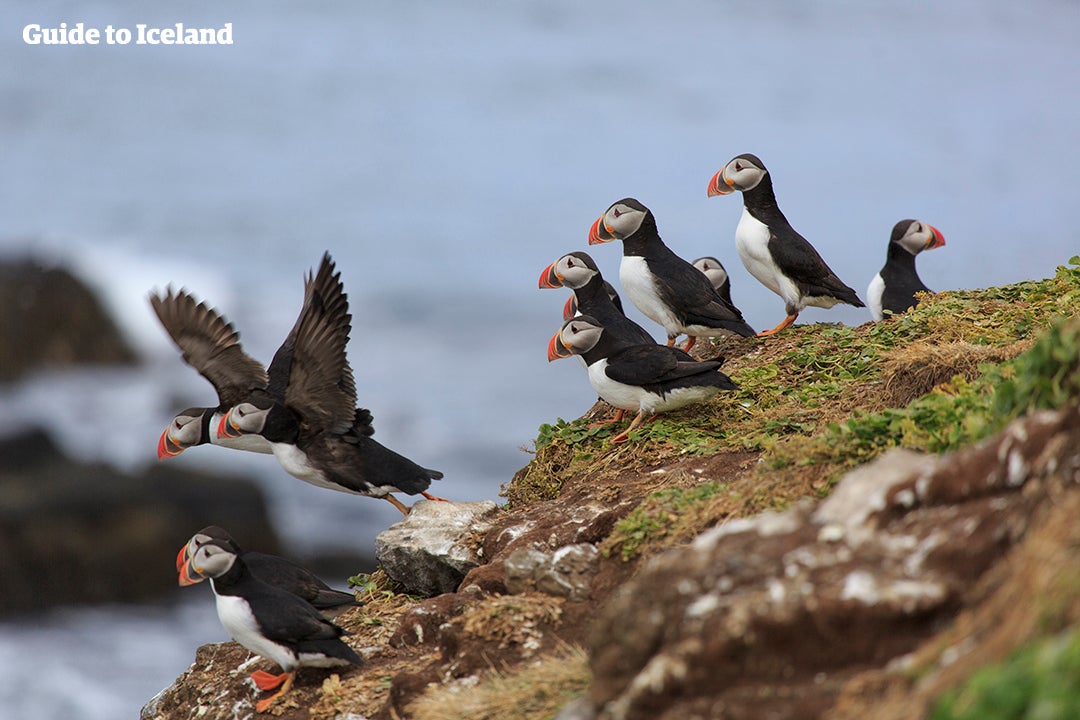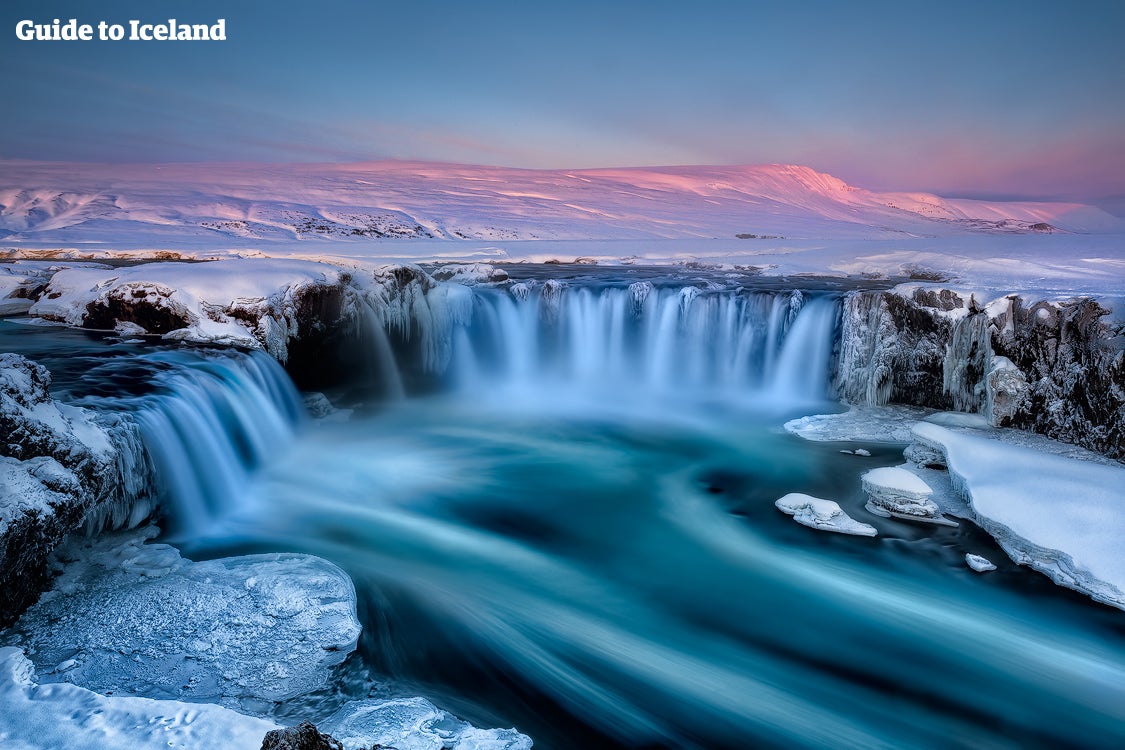What are the recommended means of enjoying an 8-day holiday in Iceland? What activities are available, and how do they differ between the summer and the winter? Are 8 days enough to fully explore the country? Read on to find a wealth of information on what to do in 8 days in Iceland.
Eight days is more than enough time to spend in Iceland, allowing you to experience the vast majority of the country and its many fantastic attractions.
Why You Can Trust Our Content
Guide to Iceland is the most trusted travel platform in Iceland, helping millions of visitors each year. All our content is written and reviewed by local experts who are deeply familiar with Iceland. You can count on us for accurate, up-to-date, and trustworthy travel advice.
This is especially true in the summer months when Iceland's Ring Road—one circular asphalt road circling the country—is clear of difficult conditions, even leaving time to spend a day or two discovering the quintessential charms of the capital city, Reykjavík.
Alternatively, you could choose to explore specific regions of the country. One could decide to focus their attention on the picturesque South Coast, the rarely visited East, or the remote, yet stunning Westfjords. Wherever you end up deciding, you are sure to be met with incredible beauty and a lifetime of memories.
Start by checking out our articles Top 12 Things To Do In Iceland and What To Do And Where To Go In Iceland. Also, make a note that whatever you decide on doing whilst in Iceland will heavily depend on the weather and season in Iceland.
- See also: The Complete Guide to Packages
Winter or Summer Travel?
Traveling to Iceland during the summer is an entirely different affair from traveling here in the winter. Many repeat visitors often comment on how Iceland could very well be two countries—the first, a land of green vegetation and eternal sunlight, the second a land of ice, snow, and jet-black skies.
Both times of year present their own rewards and challenges, all the more reason to travel here in both seasons, thus gaining an insight into the duality of Icelandic nature.
Still, we cannot be in two places at want. If you are particularly looking to enjoy the Midnight Sun—as well as the many daylight hours it brings—, then come to Iceland between May and August. The longest day of the year is the 21st of June. You can read more about the Midnight Sun in Iceland here.
- See also: Weather in Iceland & Best Time To Visit
Alternatively, if you are looking to experience an authentic Icelandic winter, complete with snowy mountains, dark days, and the dancing Northern Lights, then come anytime between September and April.
Make a note, however, that it is always sensible to not limit your trip purely around the Northern Lights; the aurora can never be guaranteed, and there are plenty of fun things to do in the meantime whilst you wait for their appearance.
Late autumn (September/October) and early spring (late March/April) should have pretty clear roads and fairly stable weather, meaning you should be able to access the Westfjords, as well as the northern and eastern regions of the country.
- See also: What Are The Northern Lights?
On the other hand, during the coldest months, you may be able to enter a natural ice cave inside a glacier—as well as experience the Christmas season and New Year's Eve in December.
There are plenty of day tours and multi-day tours available from Reykjavík, Akureyri, Ísafjörður, the Eastfjords, and Skaftafell—but our best recommendation would be to rent a car and explore the country on your own terms. To help you plan, we have plenty of self-drive recommendations—notice that these itineraries can also be done as separate tours, thus taking the responsibility of driving out of your hands.
- See also: Christmas in Iceland
8 Days in the Icelandic Summer
A popular option for travelers to Iceland is the classic road trip; 8 days is the perfect amount of time to drive Road 1, the Ring Road, circling the full circumference of the country. Thankfully, this means you'll have the opportunity to see every one of Iceland's beautiful corners during your time on holiday.
There are plenty of attractions right beside the Ring Road, and even more only a short detour from it. The Ring Road itself is only 1332 km (about 830 miles), so in theory, you could drive it in all in a single day. In practice, however, you're going to want to spend much of the journey time stopping in order to enjoy the stunning scenery around you.
- See also: Midnight Sun in Iceland
Fortunately, in the summertime, the days are long enough that you can start adventuring early in the morning and not finish until late at night—you'll never need to get anywhere 'before it gets dark' since the darkness never arrives.
Here, you can see a suggested itinerary for an 8-Day Circle of Iceland Self-Drive, also including time on the Golden Circle sightseeing route as well. If you'd rather not drive it yourself, you can also go on this 7-Day Guided Ringroad of Iceland Tour, permitting you to simply sit back and enjoy the splendid scenery as it passes by your window.
For those looking to explore some of Iceland's less-visited regions—or, perhaps for those who have been to Iceland before and already looking for a new experience—this 8-day Self-Drive Of The Westfjords And Snæfellsnes Peninsula should readily suffice.
If flexibility is the name of the game, why not take a look at this super Flexible 8-Day Summer Package? Within this package, you can choose between heading north or west, between relaxing in the capital city or going to the Central Highlands, between exploring the insides of a volcano or a dazzling glacier. This way you can sculpt the exact holiday of your desires.
There are plenty of other suggestions, such as venturing deep into the gorgeous and kaleidoscopic hills of the Central Icelandic Highlands, such as on this 6-Day Highland Tour Driving Kjölur or this one, 6-Day Tour To Landmannalaugar And Þórsmörk. Or you could simply focus on one area of the country and get to know that area really well.
- See also: Top 5 Places to Visit in the Highlands
8 Days in the Icelandic Winter
Wintertime in Iceland is the polar opposite to the Icelandic summertime, a period of heavy rain, snowfall, fierce winds, and only a few daylight hours to hold onto in the early afternoon. Traveling between attractions and urban settlements takes much longer as roads are often closed due to bad weather conditions. Therefore we would not recommend driving the Ring Road of Iceland in wintertime.
- See also: How to Drive Safely in Iceland
Driving the Ring Road is doable in the autumn and spring, however, but be sure to check the weather forecast beforehand in order to assess the road conditions and accessibility. You can read all about How To Drive Safely In Iceland here.
Instead of driving the whole Ring Road, we would instead recommend that you focus on a specific area of the country. Also, be aware that the highland roads are closed during wintertime, meaning that any ambitions to see the interior of Iceland in winter must sadly have their dreams shattered. The South Coast of the country is usually more accessible than the north and the east.
Some towns, villages, and attractions can, from time to time, will become inaccessible to visitors during the wintertime. This is normally only the weather is at its absolute worst. During this time, we wouldn't advise people to take detours down smaller roads as there's always the chance you might get stuck somewhere and have to wait idly by for a passing rescue team. That's not a good holiday experience for anybody.
The Ring Road is fairly accessible all year round, so most people drive along the picturesque South Coast, to the glorious Snæfellsnes Peninsula, or up northwards to Akureyri. You can drive the South Coast and to Snæfellsnes on this 7-Day Self-Drive | Northern Light Hunt, or go north to Akureyri and the Lake Mývatn area on this 7-Day Winter Self-Drive | North Iceland + Golden Circle. You can always customize your trip to add another day to your itinerary, as well as added much-desired activities.
- See also: Things That Can Kill You in Iceland
If you're in Iceland between November and March (or mid-October, with some operators), there's a chance you may be able to enter a natural ice cave within Vatnajökull glacier in South-East Iceland—a chance you should make the most of during your time here.
You can meet your ice cave guide on location if you drive to the glacier's location yourself, or choose between a number of tours that include a stop at the glacier cave. Here you can find all the Ice Cave tours available on our website.
- See also: Glacier Hiking in Iceland
This 5-day Winter Package is a great tour if you don't want to do the driving yourself, as it brings you to all the major attractions on the South Coast, including the Golden Circle, Blue Lagoon, and a dazzling blue ice cave. See our tips on what to do for shorter or longer stays in Iceland in our itineraries.
What did you get up to during your stay in Iceland? Is there anything you would personally recommend? Did you travel here in the winter or summer? Please, feel free to leave your queries and thoughts in the Facebook comment box.



